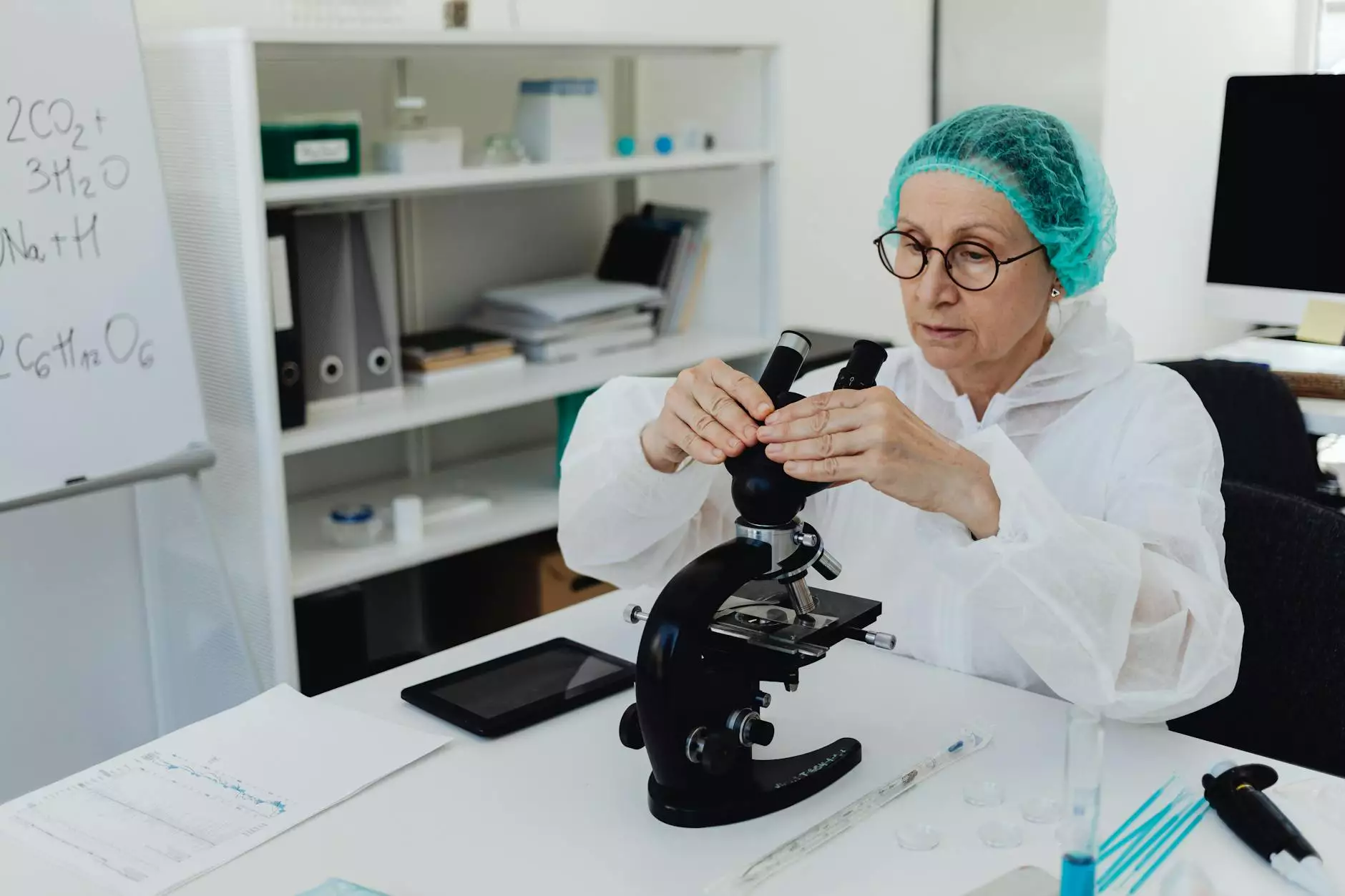Understanding the Importance of the Western Transfer Apparatus in Modern Biotechnology

The western transfer apparatus, a fundamental component in molecular biology laboratories, plays a crucial role in protein analysis. This article aims to delve deep into what this apparatus is, how it works, and why it is indispensable for scientific research and diagnostics today. By understanding the mechanics of the western transfer apparatus, researchers can leverage its capabilities to achieve accurate and reproducible results in their experiments.
What is a Western Transfer Apparatus?
The western transfer apparatus, often referred to simply as a "western blot apparatus," is used in the western blotting technique. This technique is essential for detecting specific proteins in a sample through the process of gel electrophoresis followed by a transfer to a solid membrane, typically made of nitrocellulose or PVDF (polyvinylidene difluoride). The western transfer apparatus employs both electrical and chemical principles to facilitate the movement of proteins from the gel to the membrane.
Components of the Western Transfer Apparatus
The western transfer apparatus typically comprises several key components:
- Transfer Tank: This is the main body where the transfer takes place. It houses the gel and membrane sandwich.
- Electrodes: These are positioned at both ends of the transfer tank and are crucial for generating the electric field necessary for protein migration.
- Cooling System: Maintaining optimal temperature is essential for preventing overheating, which can adversely affect the results.
- Blotting Membrane: The solid support where proteins are transferred, typically nitrocellulose or PVDF.
- Buffer Systems: The transfer buffer, usually containing Tris-Glycine, aids in the efficient transfer of proteins.
The Process of Western Blotting
To grasp the importance of the western transfer apparatus, it is vital to understand the overall process of western blotting. Below, we break down the key steps:
- Sample Preparation: Proteins are extracted from cells or tissues and quantified. These proteins are often denatured to ensure they separate based on size during electrophoresis.
- Gel Electrophoresis: The prepared samples are loaded into a polyacrylamide gel, and an electric current is applied. This causes the proteins to migrate through the gel matrix, with smaller proteins moving faster than larger ones.
- Transfer to Membrane: After electrophoresis, the gel is placed in the western transfer apparatus, allowing for the proteins to transfer to a membrane using an electric field.
- Blocking: To prevent non-specific binding, the membrane is treated with a blocking solution, usually containing proteins like BSA or non-fat milk.
- Antibody Incubation: The membrane is incubated with a primary antibody that specifically binds to the target protein. After washing, it is then incubated with a secondary antibody conjugated to a detectable enzyme or fluorophore.
- Detection: The bound antibodies are visualized using chemiluminescence or another suitable detection method, allowing researchers to assess the presence and quantity of the target protein.
Applications of the Western Transfer Apparatus
The applications of the western transfer apparatus span various fields within biotechnology and life sciences. Here are some of the primary areas where this technology is utilized:
- Biomedical Research: Western blotting is pivotal in understanding protein expression, modifications, and interactions, aiding in the elucidation of disease mechanisms.
- Clinical Diagnostics: It is used to identify specific proteins associated with disorders, including viral infections like HIV, where it confirms the presence of viral proteins.
- Pharmaceutical Development: In drug development, understanding protein interactions helps in elucidating mechanisms of action and efficacy of drugs.
- Quality Control: The technique is employed in the production of biopharmaceuticals to ensure consistent quality and efficacy of therapeutic proteins.
- Proteomics: As part of broader proteomic studies, western blotting aids in the identification and characterization of proteins present in complex biological samples.
Benefits of Using the Western Transfer Apparatus
The western transfer apparatus offers numerous advantages that contribute to its status as a key tool in laboratories:
- High Specificity: Western blotting provides a high degree of specificity allow for the detection of individual proteins in a complex mixture.
- Quantitative Analysis: The technique allows for the quantification of protein levels, providing critical data for various studies.
- Versatility: It can be adapted to different sample types and varied experimental conditions, making it valuable for diverse applications.
- Reproducibility: With well-characterized protocols, results can be reliably reproduced across different experiments and laboratories.
- Visualization: Innovative detection methods enable researchers to visualize proteins with incredible sensitivity and accuracy.
Best Practices for Using the Western Transfer Apparatus
To maximize the results obtained from the western transfer apparatus, researchers should adhere to best practices during the process.
1. Accurate Sample Preparation
Proper sample preparation is essential. Ensure that proteins are correctly extracted and quantified to guarantee that the correct amount is loaded onto the gel.
2. Optimize Transfer Conditions
Transferring proteins effectively relies on the right voltage and duration. It's necessary to optimize these conditions for different proteins to achieve the best transfer efficiency.
3. Employ Proper Blocking Strategies
The use of an adequate blocking solution is vital in minimizing non-specific binding during the antibody incubation steps, thus enhancing signal strength and reducing background noise.
4. Use Controls
Incorporating positive and negative controls in your experiments allows for better interpretation of results and helps validate the findings.
5. Documenting Protocols
Maintaining proper documentation of protocols and conditions used will support reproducibility and further experimental refinements.
Conclusion
The western transfer apparatus stands as an indispensable tool in the biotechnology field, offering specific and robust solutions for protein analysis. By adopting best practices and embracing the advancements in detection technologies, researchers can continue to utilize this tool to explore the vast complexities of biological systems. Understanding its applications, benefits, and the underlying principles enables scientists to push the boundaries of knowledge, leading to innovative discoveries and improved diagnostics within health and disease landscapes.
For high-quality research and reliable solutions in biotechnology, check out Precision BioSystems for your western transfer apparatus needs and beyond.









